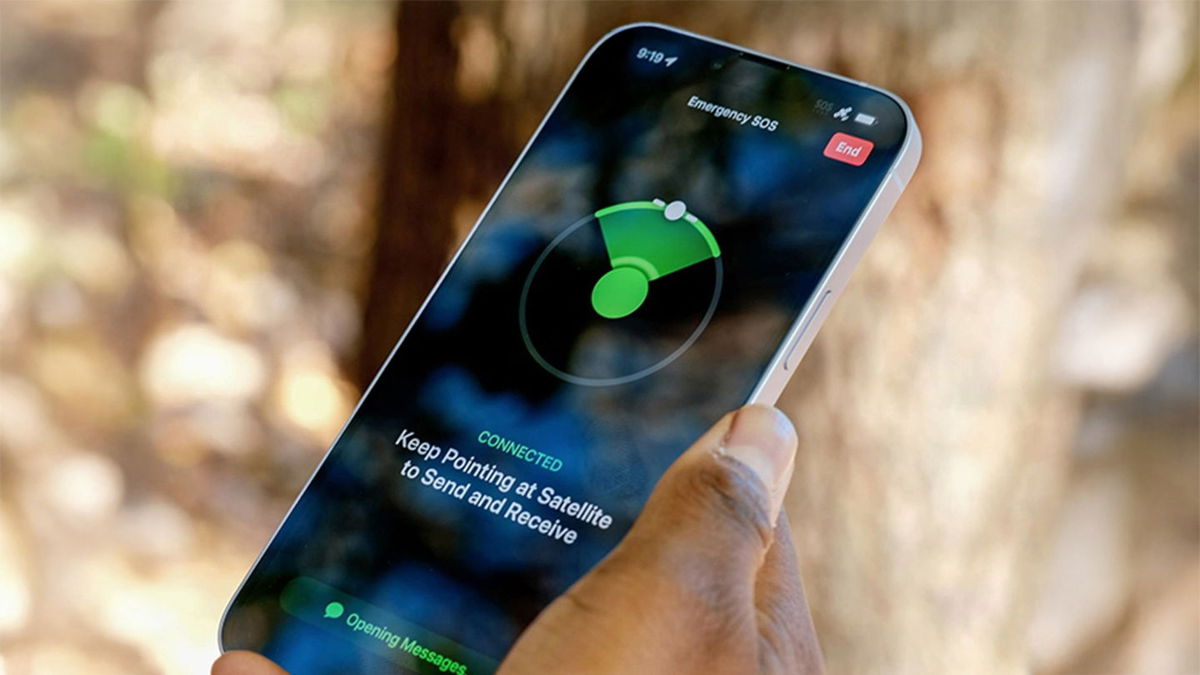This sends a low-intensity ultrasonic sound signal through the headset speakers, which when reflected off the speakers allows you to measure heart rate and heart rate variability. The advantage of this technology is that it works even when music is playing and the insulation of the headset is not good.
According to Google, “the ear canal is an ideal place to determine health status” because the deep auricular artery “forms a complex network of small vessels that widely penetrate the ear canal.”
The company tested the APG on 153 people and found it to be consistently accurate, with minimal influence from various factors such as skin tone and ear canal size. Unlike traditional sensors that require additional components, Google’s method reduces the weight and complexity of the hardware, making it an interesting avenue for future health monitoring in wearable devices.
News materials cannot be equated with a doctor’s prescription. Consult an expert before making a decision.
Source: Ferra
I am a professional journalist and content creator with extensive experience writing for news websites. I currently work as an author at Gadget Onus, where I specialize in covering hot news topics. My written pieces have been published on some of the biggest media outlets around the world, including The Guardian and BBC News.










